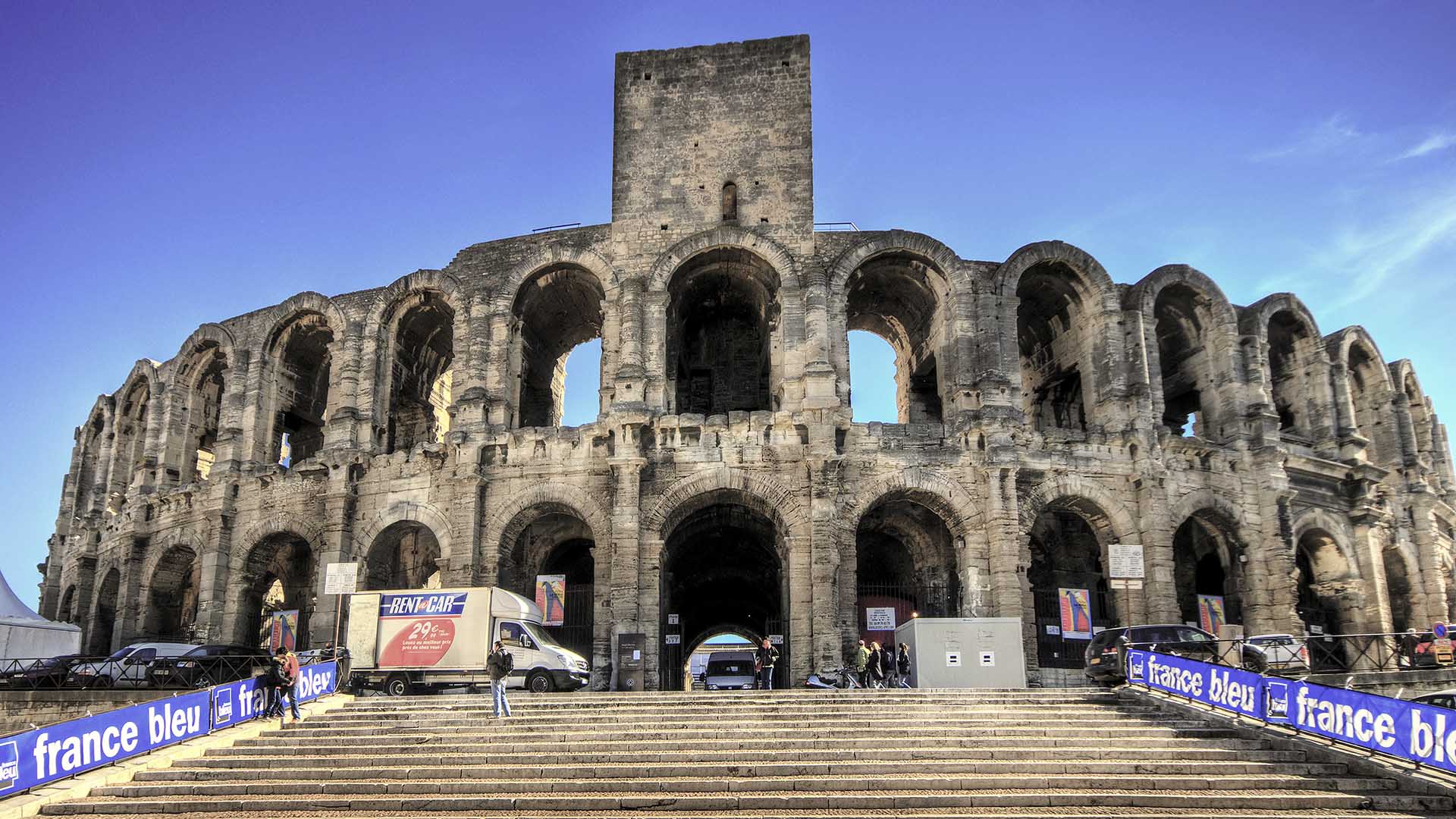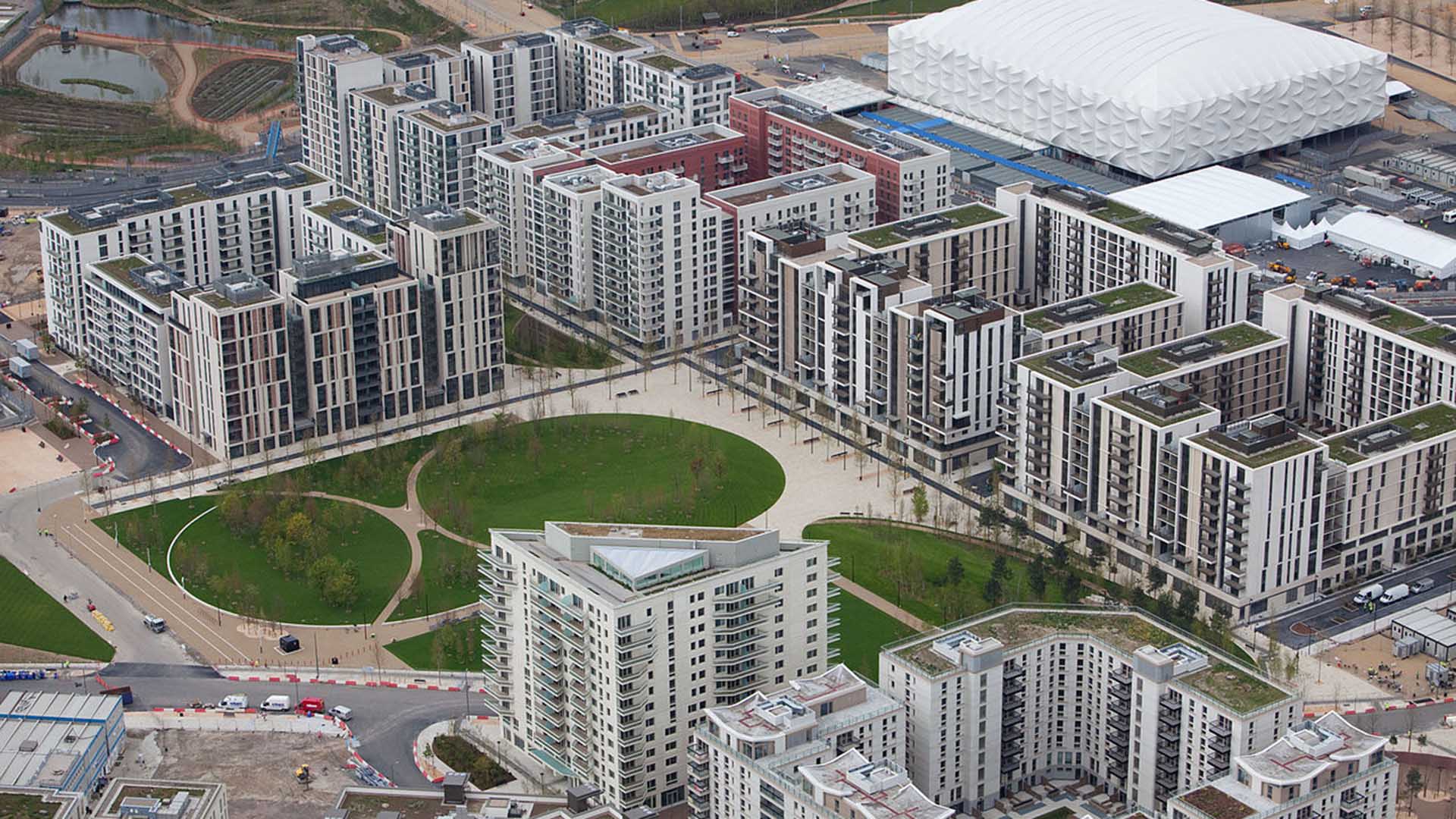The Power of Stadiums
Designing sports arenas to have a positive impact on cities
Stadiums and sports venues are among the oldest forms of urban architecture, and have been at the heart of our cities for far longer than the great medieval cathedrals, or the railway stations of the Industrial Revolution. Ancient sporting venues such as the Stadium at Olympia and the Colosseum in Rome instantly spring to mind, yet spectator sports were not just a Western phenomenon. Ancient ballcourts can be found across historical Mesoamerica, whilst in early China, space was set aside inside cities (and even inside palaces) for cuju, an early form of football. These historic venues attract millions of visitors every year, and the inclusion of many in the UNESCO World Heritage List highlights their unique cultural importance.
Modern stadiums however, are rarely viewed as positively as their ancient counterparts. The monofunctional arenas of the 20th century tend to be located in poorly connected suburbs, surrounded by large concrete car parks. They are massive energy consumers, and contribute not only to increased traffic, air and noise pollution, but also to the urban heat island effect. New stadiums fare no better. Construction costs frequently soar above the estimates, and showpiece stadiums finished for major events have a tendency to fall into disuse and disrepair.

This need not be the case. History shows that stadiums can drive urban development, and adapt to the culture of every age. The Amphitheatre of Arles, built in 90 AD by the Romans, shows just how versatile stadiums can be. Following the decline of Rome in the 5th century it became a fortress with four towers, which over time transformed into a thriving village with more than 200 homes. In the 19th century, the structure was converted back into an arena for bullfighting after a campaign to conserve the site as a historical monument. The imposing Arena of Verona, built 60 years before Arles and 40 years before the Colosseum has likewise endured the centuries, and today thanks to its outstanding acoustics, it is one of the world’s premiere opera venues.
The floodlit concrete and steel stadiums of the 20th century lack some of the flexibility of their ancient counterparts, and yet there is immense potential to transform them into structures which actively help to improve the city. In a world in which we are increasingly aware of the effects of human behaviour on the environment, stadiums are emerging as key sites for improving environmental and social sustainability. Two strategies seem to be having particular success: the stadium as a power plant, and as an urban hub.
An urban power station
Stadiums are ideal for energy generation. Their canopies have a large surface area for the installation of photovoltaic panels, and they rise high enough to make use of micro wind turbines. One modern stadium that is having a decidedly positive impact is Kaohsiung National Stadium in Taiwan. It uses 8,844 photovoltaic panels to generate 1.14GWh of electricity a year, reducing the annual output of carbon dioxide by 660 tons and supplying up to 80 percent of the surrounding area when not in use.
The Johan Cruijff Arena in Amsterdam takes this idea further. Combining over 4,200 solar panels with batteries from used Nissan LEAF vehicles, it aims to not only generate enough electricity to power the stadium, but also to store enough energy to end its dependence on back-up diesel generators. The 3MW energy storage system is the largest commercial battery system in Europe, and there are plans to expand its capacity by adding on-site electric car charging points, allowing parked cars to act as further storage.
There is a clear trend among major sports venues to invest in environmentally sustainable initiatives. Indianapolis Motor Speedway, the world’s highest capacity sporting venue, features a 9MW solar farm behind the track, with over 39,300 photovoltaic panels capable of powering 2,700 local homes, and offsetting 10,288 tons of carbon dioxide annually. Lincoln Financial Field, Philadelphia, and the US Bank Stadium, Minneapolis, have both achieved the US Green Building Council’s LEED gold status. Both are committed to using renewable energy, becoming zero waste, eliminating single-use plastics (Lincoln Financial Field has phased out plastic straws, while US Bank uses compostable food packaging) and improving water efficiency.
Housing and public space
Community building and social sustainability also form part of the remit of the modern stadium. Alongside certification to the ISO 140001 standard for its Environmental Management System, Wembley Stadium in London is working towards certification to ISO 20121:2012 for Sustainable Events Management, with all events having a positive impact on the local community and being accessible to all. Fenway Park, Boston, has a 5,000 square foot rooftop farm, which is used to encourage healthy eating. Although not directly open to the public, the farm is visible from the stands and it is estimated that approximately 500,000 children and adults interact with the farm annually, some of whom will not have previously seen the food-growing process.

Housing is also increasingly being incorporated into new stadium developments. London’s Queen Elizabeth Olympic Park is now home to five residential developments, of which affordable housing forms a third, whilst the new Tottenham Hotspur Stadium includes provision for 585 homes, schools, a community health centre and a multiuse games area with five-a-side pitches, food stalls and cafes. Creating mixed-use developments in this way reinforces compactness and multifunctionality, making more efficient use of land and helping to regenerate urban spaces.
Stadiums remain the immortal engine of the city, constantly reinventing themselves for the challenges of modern urban life. From ancient theatres and arenas, to community hubs and renewable power plants, stadiums have the potential to bring together multiple functions, and can help cities create a more sustainable future.
This article is coauthored by Claire Coulter, manager of Cluster for Sustainable Cities at the University of Portsmouth.
MAIN IMAGE: The roof of Kaohsiung National Stadium, with over 8,800 photovoltaic panels, can supply energy to 80 percent of the surrounding area. (Source: Wikimedia Commons).
